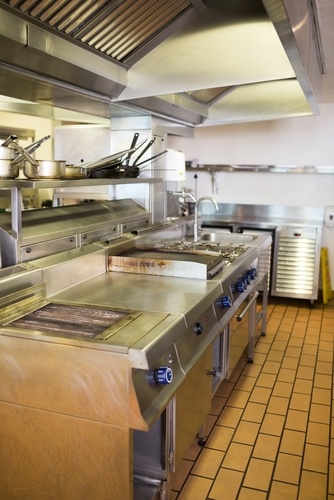Best Practices in Proper Restaurant Ventilation
It is crucial for a restaurant business to design the kitchen using proper ventilation. One of the most complicated parts in the design of a food service establishment is the kitchen ventilation system and the right restaurant hood vent.
Thus, it would be right to acquire a restaurant hood vent and suitable equipment that would comply with CODE regulations regarding kitchen ventilation. This will also keep your restaurant cleaner and make it function really well. So, here are the best practices that you could use to achieve proper restaurant ventilation.
Ensure There Is Enough Makeup Air
Air is exhausted outside the restaurant at a rate of 100%, so it is very important to take in ample amount of air from the outside at 80%. This is called makeup air that would compensate for the exhausted air. Take note that without enough makeup air, it can cause negative pressure in the building. Thus, it could lead to different sorts of problems including: poor air quality, back-venting of combustion gases, doors that slam, drafty or stuffy areas, and reduced energy efficiency. NOTE, some cities require 100% MUA such as in the south west, or desert areas with no humidity. Check with CODE before you order a restaurant hood system. This is why CODE requires drawings, with CFM calculations to get pre-approval on all hood systems in America.
Use Of HVAC For Restaurant Kitchen
Since the kitchen is the heart of your restaurant, this is the area that requires the greatest amount of ventilation. Such would include the following:
Cooling –
The kitchen has to be engineered by a knowledgeable HVAC, or Mechanical contractor. You cannot use portable fans, or window air conditioners around a restaurant hood vent system, as the mix of ambient air, or disturbance of ambient kitchen air can, and will, force the hot greasy air out from under the hood. This causes the grease laden air to disburse into other areas such as the dining room. In fact there is a 10’ minimum to hood rule for air diffusers near a hood.
Air Quality –
The effect of cooking releases smoke, grease, and particles into the air. This can be both unsafe and unpleasant for the respiratory health of restaurant customers and workers. Therefore, ventilation hoods are necessary in a kitchen setting to protect and regulate the exhaust of cooking appliances. All cooking appliances are very specific as to their placement. Most states have a 6” from edge of hood CODE, however Maryland has a full 12” from edge of hood. Also most equipment must be a minimum of 6” to 8” away from the rear wall as to allow air movement in the rear of the appliance to meet CODE.
Fire Suppression –
NFPA. And IMC-2009/2012 require all states, and Canada as well as Puerto-Rico, and Guam to be UL-300 compliant. CODE requires that all Type-I ventilation hoods have fire suppression system. All fire systems use only “ Wet Chemical “ systems. Dry Chemical, and other gas systems have been illegal for over 25 years now. Keep in mind, the hood, and duct system must be cleaned by a “ Licensed “ Hood system cleaning company. All hoods must be cleaned at least on a semi-annual basis by law, and a decal with stamped date, and time must be fastened to the hood for inspection. The fire system itself also requires a semi-annual inspection.




